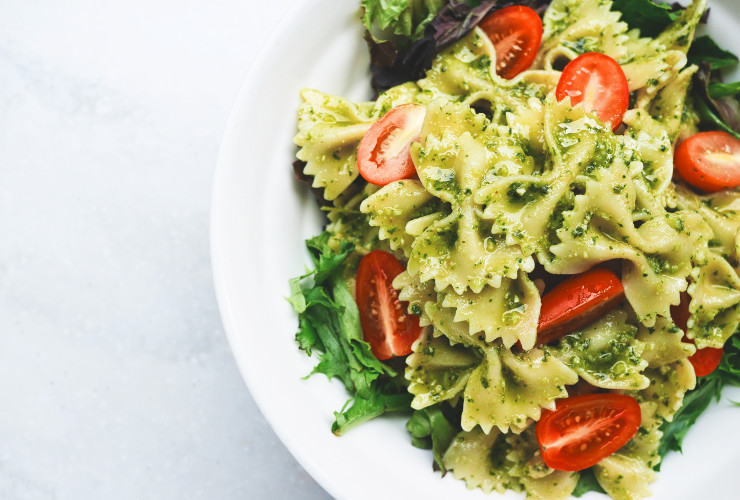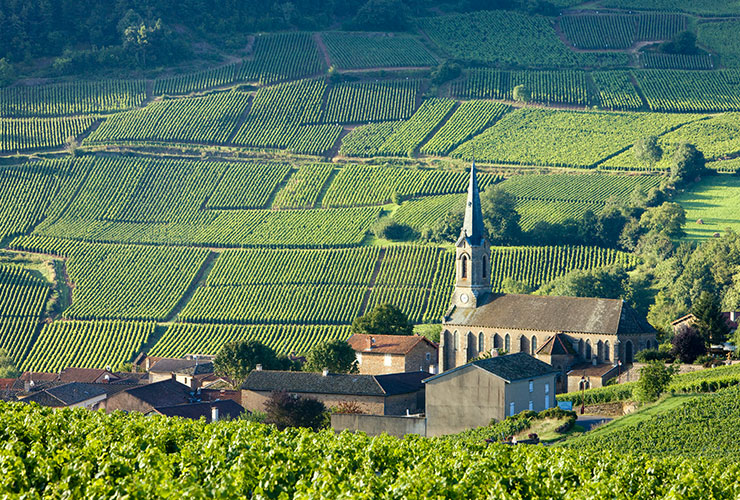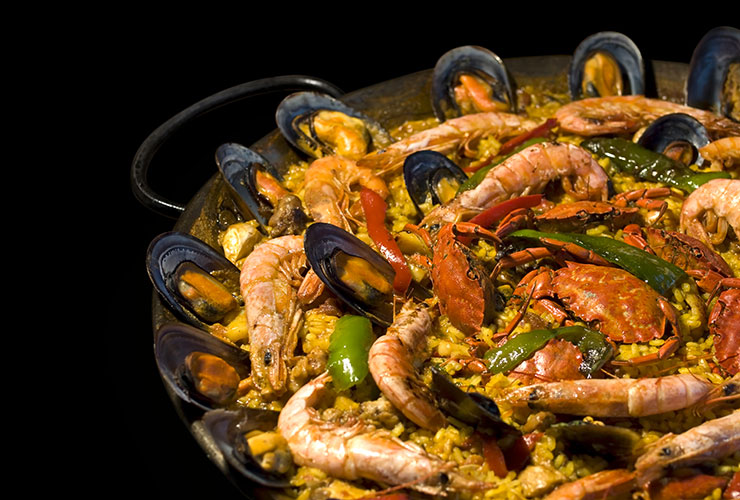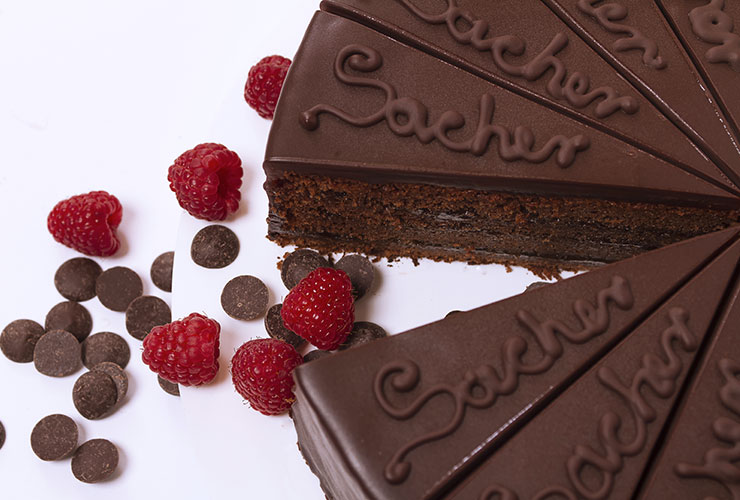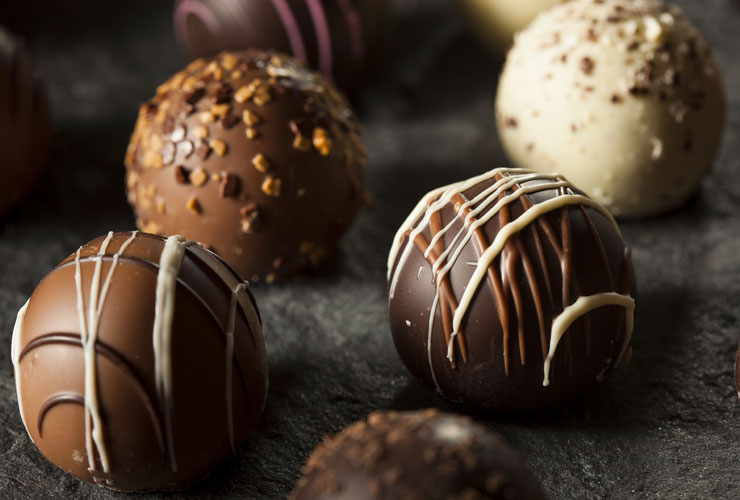Scotch Whisky Experience
The origins of Scottish whisky distillation dates back to the 15th century. Whisky was created for reusing the barley soaked by rain during the wet seasons. Despite the proud Scottish tradition, the authorship of the invention of this beverage is Irish. As early as the 13th century in fact, an ancestor of whiskey, the uisge beatha (a Gaelic word pronounced oosh-ga beh-huh and which meant “water of life”) was produced in Ireland.
The difference between “whisky” and “whiskey” is merely the place of production. To be called “whisky” it must be exclusively produced in Scotland; all the others are called “whiskey”. In any case, there are some distinct differences concerning the production techniques and their tastes. The Scottish malt whisky often has notes of smoked malt that are totally absent in the Irish varieties because in Ireland malt is dried in closed ovens without any contact with the smoke of peat. Moreover Scotch whisky is distilled twice, while the Irish whiskey three times to give it a purer and softer taste.
A single malt whisky is a spirit produced through single distillation and made only with barley malt. Only a small part of it, however, is sold with that title. About 95% of the malt whisky produced in the 116 existing distilleries in Scotland is intended for the production of blended whiskey, which are made mixing several single malt whiskies and more grains.
The Scottish regions produce different kind of whiskies, much like the wine production in France and Italy. Their quality and characteristics differ due to location and weather conditions. On the islands of Islay and Skye the rugged and windy landscapes usually give single malt whiskies with a strong peaty and maritime aroma, full of smoked flavor.
In the Highlands region, a land of mountains and moors covered with heather produces a variety of whisky with a full and flowery taste. The Speyside area is the heart of the Scottish single malt whisky production and here you can find more than half of the distilleries in Scotland. Honey, vanilla and fresh fruit flavors of the Spey river valley generate sophisticated and elegant whisky. During their aging in special sherry barrels, they evolve and convey flavors of dry fruits and sweet spices. The Lowlands region is characterized by rolling fields which are perfectly suitable for growing wheat for whisky. The softer landscape reflects in the single malts produced here that are lighter in color and less full-bodied than the Highlands whiskies.
We can easily arrange a tour for you of some of the most famous distilleries of Scotland. In the Speyside region you will also find the only Malt Whisky Trail in the world, a paradise for whisky lovers. During your vacation in Scotland, be sure to taste at least a Scotch whisky in one of the renowned whisky bars of the country or in a festival dedicated to it. The best time is the month of May, when many events take place in Inverness, Stirling or in the Speyside region. Visiting the Scottish distilleries is a great way to relax and see some of the most beautiful landscapes of Scotland while enjoying a delicious single malt whisky in unique locations.
The Guinness Experience
Ireland is the country of stout, a very dark color beer, characterized by the almost complete absence of bubbles, by a dense creamy froth and a very strong taste. The word stout in fact means “strong”, “tough”, but in the sense of brewing it refers to “strong flavor”. The origin of stout dates back to the 1666 fire that destroyed the City of London, when King Charles II decided anyway to use the scorched barley for brewing. The stout par excellence is the Guinness. The art of producing a pint of Guinness does not start in a brewery, but in the fields of Ireland.
Every year tons of the best Irish barley are carried to St. James’s Gate, home of the Guinness Storehouse, to produce, as James Joyce maintained, “a sublime beer”. In 1759 the thirty-four years old Arthur Guinness signed a contract to rent the small and bad-equipped brewery at St. James’s Gate in Dublin for 9000 years at a price of 45 pounds per year! The Guinness Storehouse rises to seven levels and culminates at the Gravity Bar where you can enjoy an authentic pint of Guinness. On the different floors of the Storehouse you can experience through interactive demonstrations how Guinness is brewed from a single ingredient, the roasting of malt, the beer fermentation process and the barrels used for its storage and transportation. The Storehouse restaurant is located on the fifth floor and there you can enjoy good beef casserole or baked salmon accompanied with an Extra Stout. Needless to say, they have a selection of Guinness you will never find in any pub.
On the fourth floor you can learn how to properly pour this beer and receive the certificate of Master Brewer. Guinness is a beer which has to be served in two steps. Fill the glass about ¾ while taking care that the spout of the tap is touching the glass within. Let it settle for few minutes and then continue filling the glass moving it away from the tap until a creamy froth appears. Knowing how to pour a pint of Irish Stout is not easy and the difference is immediately clear for an expert.
When people talk about Guinness, Dublin and its pubs immediately come to mind. Dublin is a cozy and quiet city that can equally be very vibrant due to its bars that come alive with typical Irish music and we suggest that you to experience all the facets of this country’s character. Enjoying a pint of Guinness in its original place of production is definitely a good reason for a vacation in Ireland.
 Hire Expertise
Hire Expertise Bespoke Itineraries
Bespoke Itineraries Travel Carefree
Travel Carefree